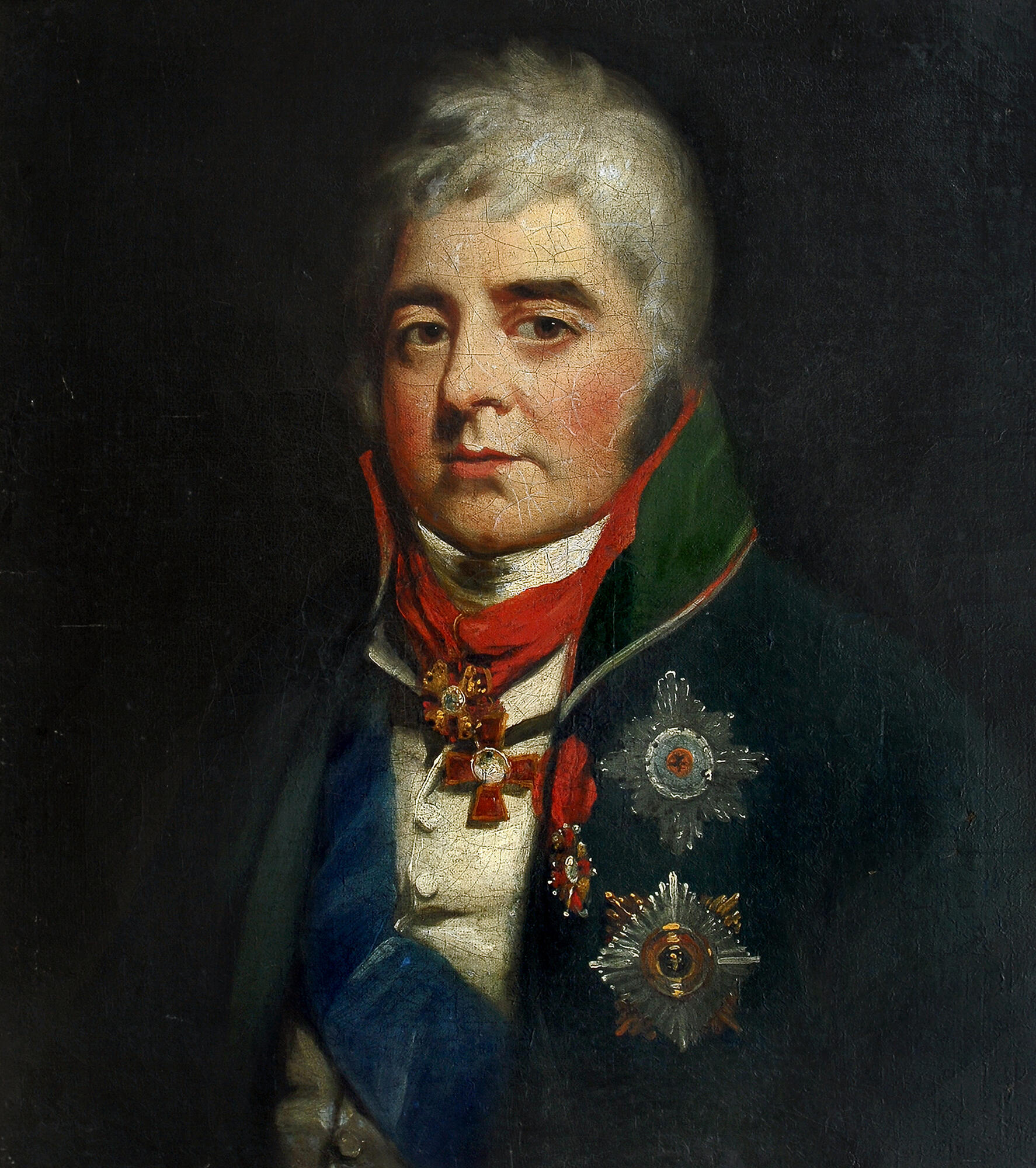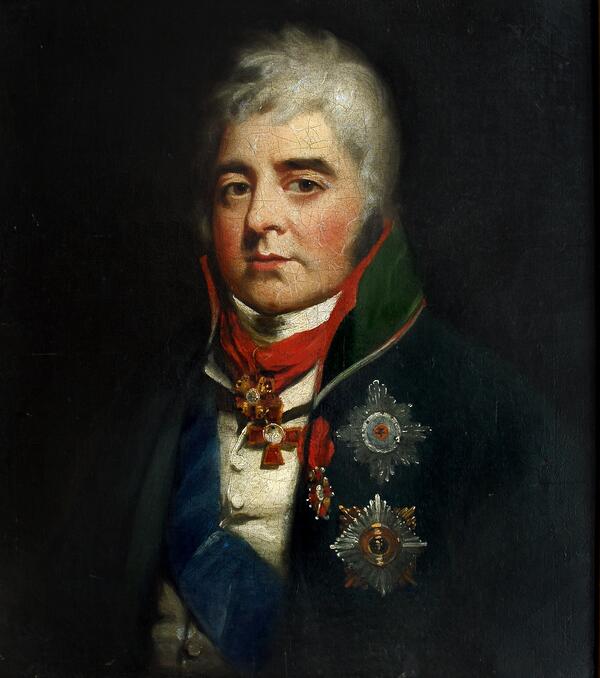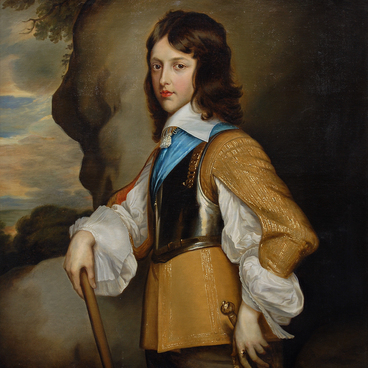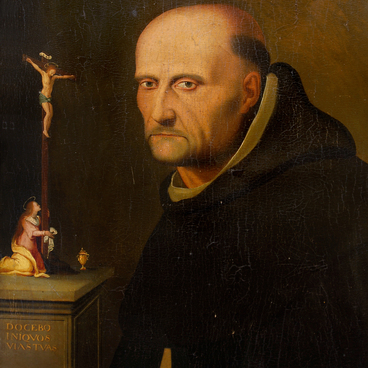In the collection of the Primorye Art Gallery, this work has long been listed as a “Portrait of an Unknown” by an unknown artist of the English school of the 19th century. However, an unusual detail attracted the attention of the gallery staff: it was surprising that the stranger was wearing Russian orders. This suggested that a Russian nobleman was depicted, most likely a courtier. While on an internship at the Hermitage, a researcher of the Primorye Art Gallery Natalya Levdanskaya noticed that the exhibition had a lot of portraits of grandees of Russian aristocracy made by English masters. However, it was necessary to find out which one of them could have painted the portrait, and who was depicted on the canvas.
It was possible to lift the veil over the secrets thanks to two different sources. In 2020, a letter was received from the State Historical Museum, in which it was suggested that the portrait from the collection of the Primorye Art Gallery depicts Alexey Borisovich Kurakin, brother of the famous Prince Alexander Kurakin — a court dignitary, a high-profile nobleman who was brought up with Paul I. Because of his passion for splendor and luxury, he was called “the diamond prince”. His ceremonial portrait made by Vladimir Borovikovsky is well known.
Alexey Kurakin was not so famous. He was born in 1759. He studied at Leiden University. Alexey Kurakin held important government posts under Paul I, was a privy councilor, but, along with his brother, fell into disgrace. He returned to public service under Alexander I. He was a member of the Supreme Criminal Court at the trial of the Decembrists.
Later, Elizaveta Renne, an employee of the State Hermitage Museum, attributed the portrait from the collection of the Primorye Art Gallery to James Saxon, an English portrait painter. James Saxon was born in Manchester in the 1770s in the family of a carpenter, began to study portrait painting, and then moved to London. Among his works is a portrait of Sir Walter Scott. He worked in St. Petersburg for a few years, then returned to England.
It was possible to lift the veil over the secrets thanks to two different sources. In 2020, a letter was received from the State Historical Museum, in which it was suggested that the portrait from the collection of the Primorye Art Gallery depicts Alexey Borisovich Kurakin, brother of the famous Prince Alexander Kurakin — a court dignitary, a high-profile nobleman who was brought up with Paul I. Because of his passion for splendor and luxury, he was called “the diamond prince”. His ceremonial portrait made by Vladimir Borovikovsky is well known.
Alexey Kurakin was not so famous. He was born in 1759. He studied at Leiden University. Alexey Kurakin held important government posts under Paul I, was a privy councilor, but, along with his brother, fell into disgrace. He returned to public service under Alexander I. He was a member of the Supreme Criminal Court at the trial of the Decembrists.
Later, Elizaveta Renne, an employee of the State Hermitage Museum, attributed the portrait from the collection of the Primorye Art Gallery to James Saxon, an English portrait painter. James Saxon was born in Manchester in the 1770s in the family of a carpenter, began to study portrait painting, and then moved to London. Among his works is a portrait of Sir Walter Scott. He worked in St. Petersburg for a few years, then returned to England.



